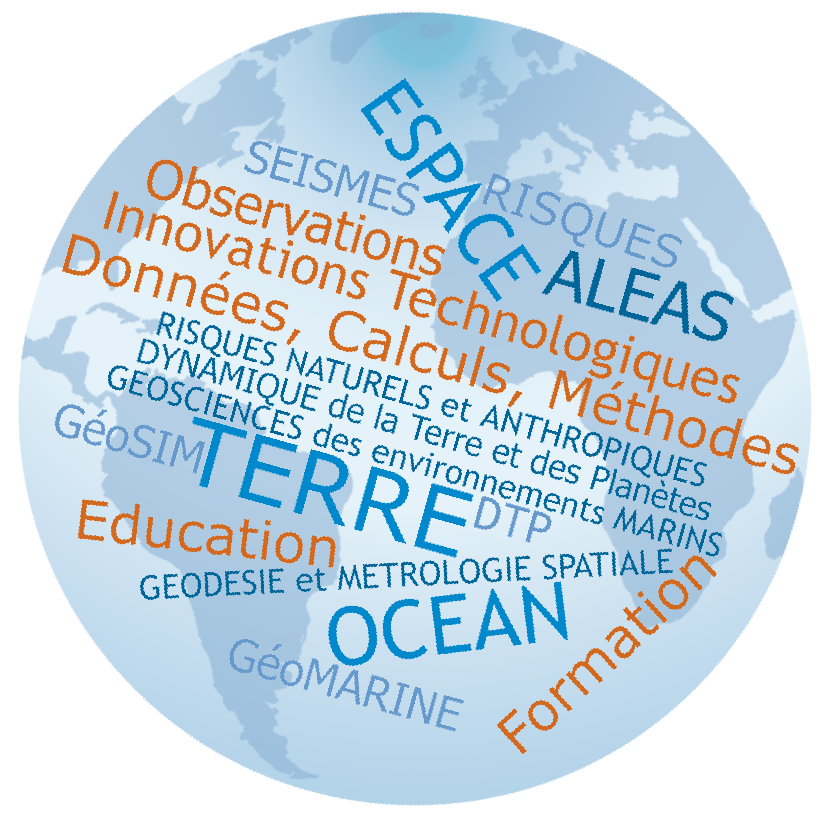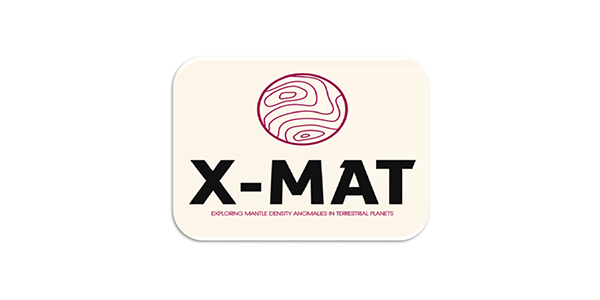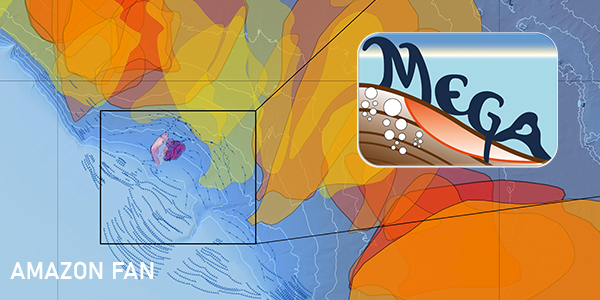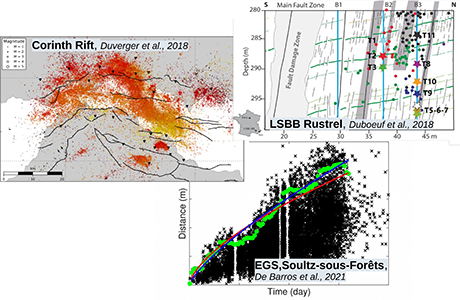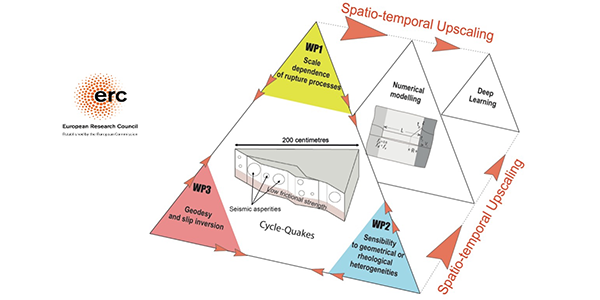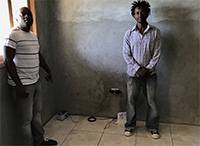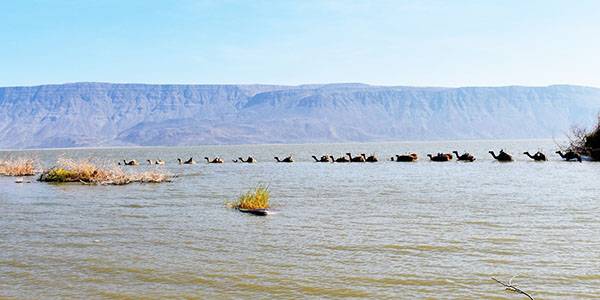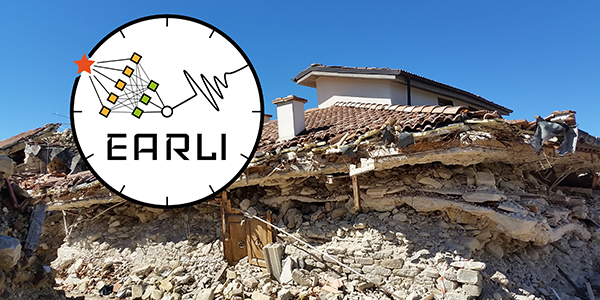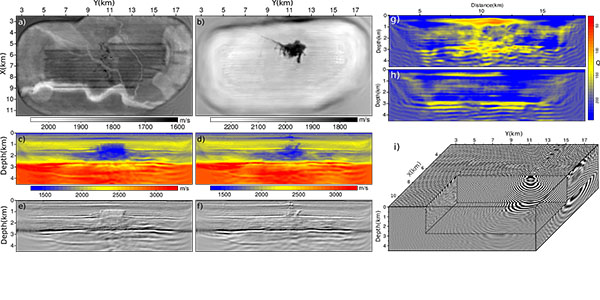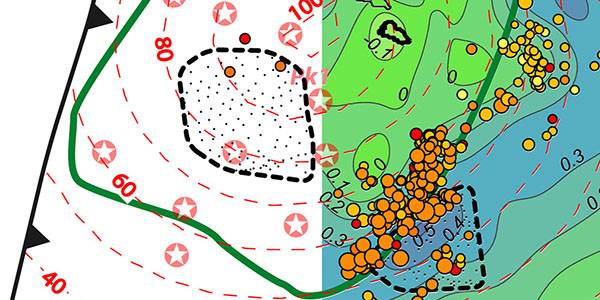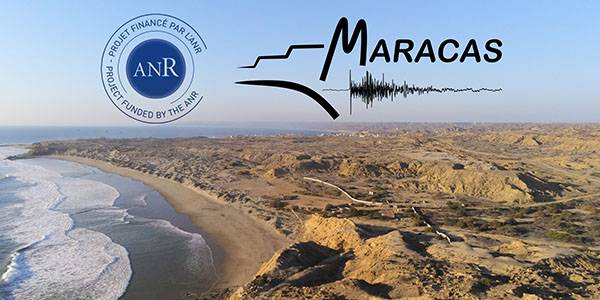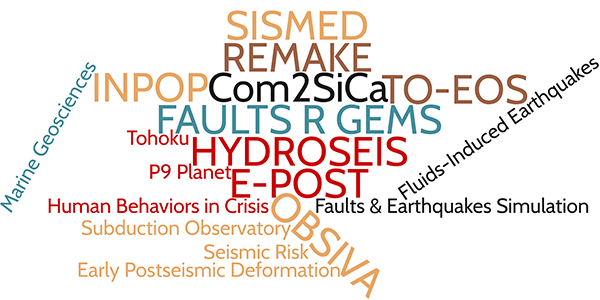 Serge Sambolian, Phd student at Geoazur, received an Outstanding Student Presentation Award at the AGU 2018 Fall Meeting that took place at Washington DC in December 2018. Outstanding Student Presentation Awards (OSPAs) recognize excellence among student talks and posters at AGU meetings.
Serge Sambolian, Phd student at Geoazur, received an Outstanding Student Presentation Award at the AGU 2018 Fall Meeting that took place at Washington DC in December 2018. Outstanding Student Presentation Awards (OSPAs) recognize excellence among student talks and posters at AGU meetings.
The topic of his poster was "Mitigating the ill-posedness of first-arrival traveltime tomography using slopes: application to crustal imaging from OBS data"
Abstract : First-arrival traveltime tomography (FATT) has been one of the commanding tomographic approaches for long wavelength velocity model building. Nowadays, FATT models are often used as initial models for more resolving imaging methods such as full-waveform inversion (FWI). In this context, improving the accuracy of FATT model is crucial to mitigate the nonlinearity of FWI. In spite of the widespread use of FATT at all scales (from near surface to global scale), it suffers from ill-posedness in terms of non-uniqueness of the solution due to the deficient information carried out by the sole traveltime attribute. We promote the use of the traveltime perturbation with respect to the source/receiver positions (horizontal component of the slowness vector or slope) as a supplement to the first-arrival traveltime (Tavakoli et al., 2018). For multi-component controlled-source experiments, we can generally take advantage of the fine source sampling to measure slopes by tracking local coherency over few neighboring traces in addition to traveltimes in common-receiver gathers, while slopes at the receiver position may be estimated by polarization analysis. The information of differential nature carried out by slopes yields a higher order sensitivity with respect to the subsurface parameters. We implement our first-arrival slope+traveltime (FASTT) tomography with eikonal solver and the matrix-free adjoint-state method, as previously proposed by Taillandier et al.(2009) for FATT. We illustrate the resolution power of FASTT relatively to FATT for coarse ocean bottom seismometer (OBS) acquisitions using two benchmarks based upon the EAGE/SEG Overthrust model at the exploration scale and a synthetic model of the eastern-Nankai subduction zone at the deep crustal scale (Górszczyk et al., 2018), then assess the quality of the tomographic models as initial models for FWI. We finally present an application to real OBS data collected during the SFJ experiment in the eastern Nankai Trough (Tokai area).
POSTER AGU Fall Meeting 2018 : Published Online:Fri, 8 Feb 2019 https://doi.org/10.1002/essoar.10500808.1

